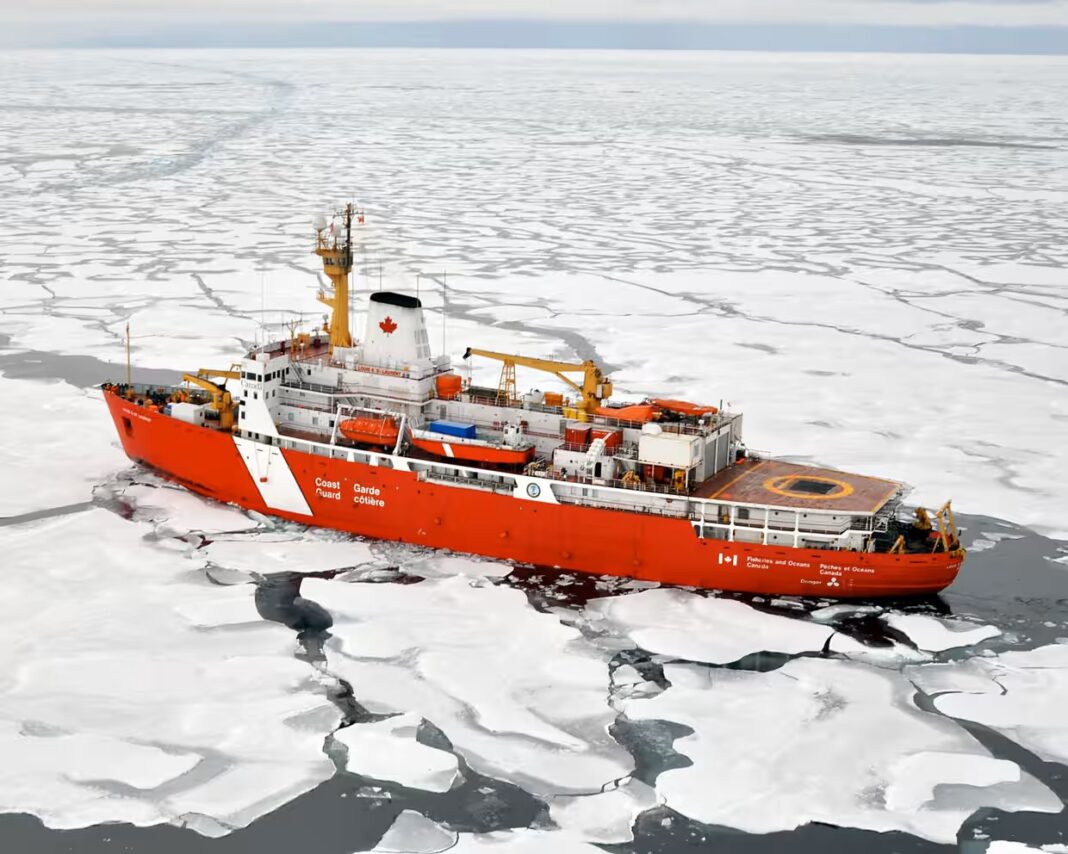For millennia, the Beaufort Gyre—a vast swirl of Arctic sea ice between Russia, Canada, and Alaska—served as a cradle where ice matured into thick, resilient sheets. But climate change has upended this balance, shrinking perennial ice and turning channels between Canada’s northern islands into chaotic chokepoints clogged with fragmented floes.
Canada’s coast guard calls it the paradox of the Arctic: “less ice means more ice.” As warming reduces overall ice cover, broken chunks drift unpredictably, creating even tougher navigation hazards. Contrary to popular belief, climate change isn’t making icebreakers obsolete—it’s making them indispensable.
In response, Canada is racing to build a new fleet, highlighted by a C$3.15 billion ($2.32 billion) polar-class icebreaker now under construction in Vancouver. This flagship vessel, designed to withstand temperatures as low as -50°C, is part of a broader Arctic strategy to secure shipping lanes and mineral resources. And Canada isn’t alone: Russia, China, and the US are also accelerating their icebreaker programs, intensifying geopolitical competition in an Arctic region reshaped by the climate crisis. Read More
News Credit: The Guardian
Picture Credit: US Coast Guard Photo/Alamy



